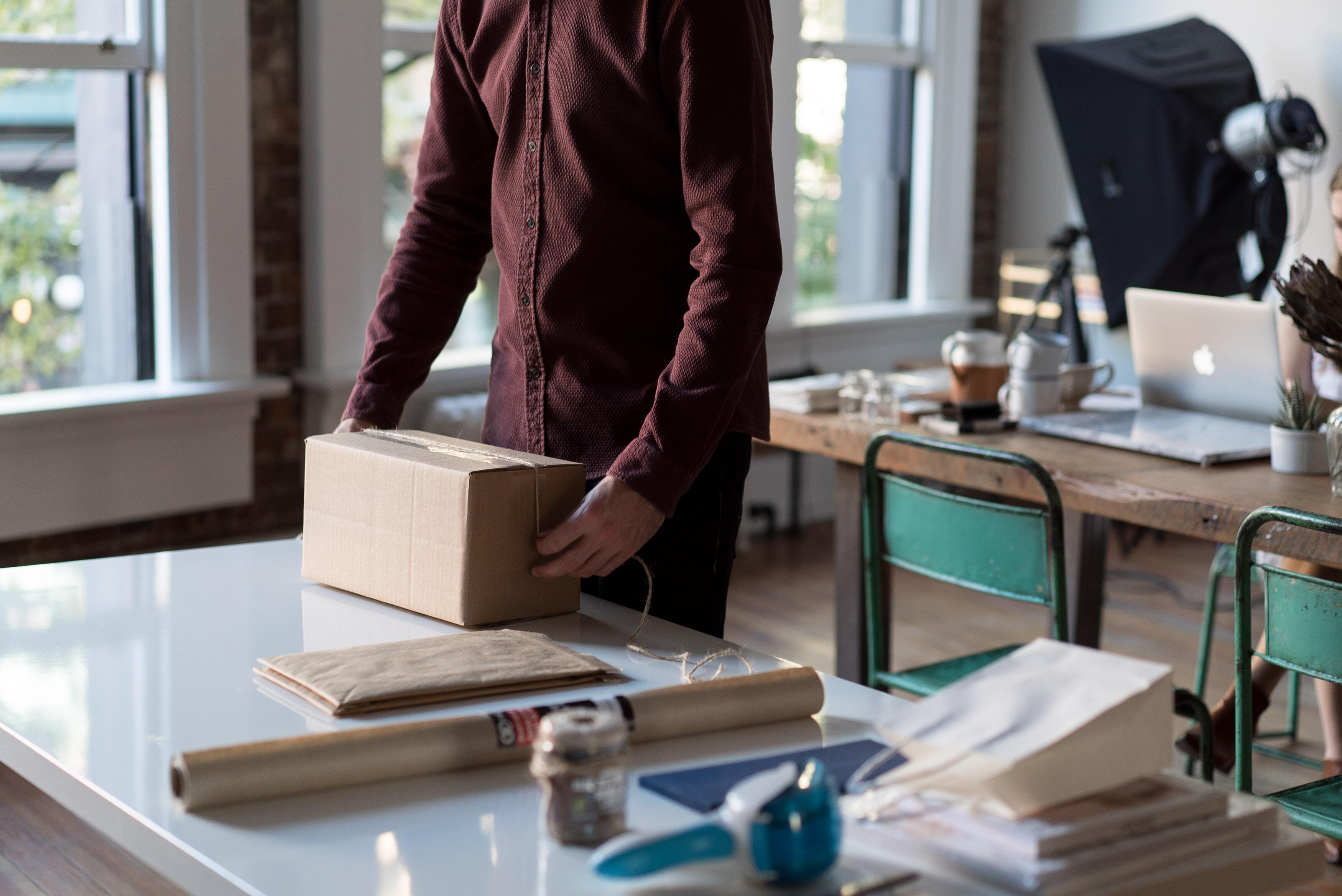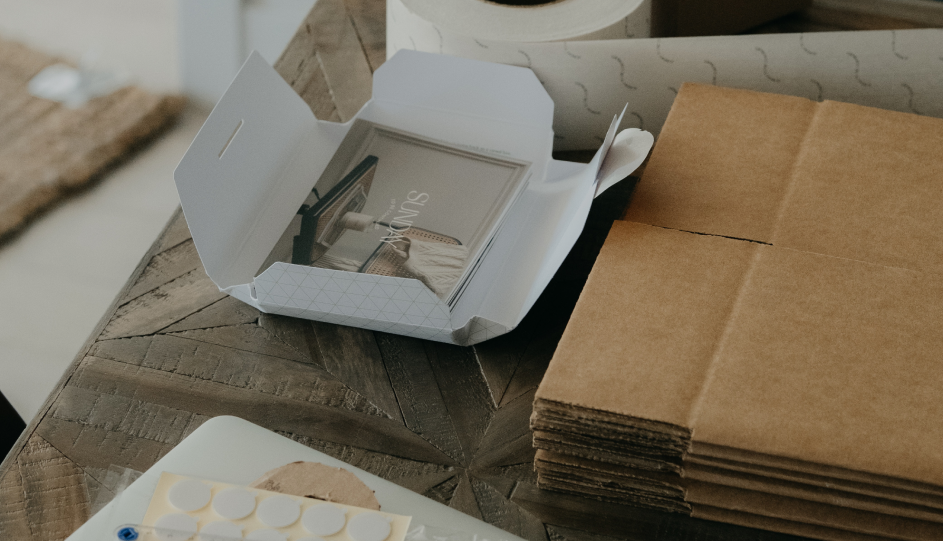Eco-Friendly and Sustainable Packaging Guide for E-commerce
Using eco-friendly packaging helps to protect the environment. Learn how to use eco-friendly and sustainable packaging to grow your e-commerce business.
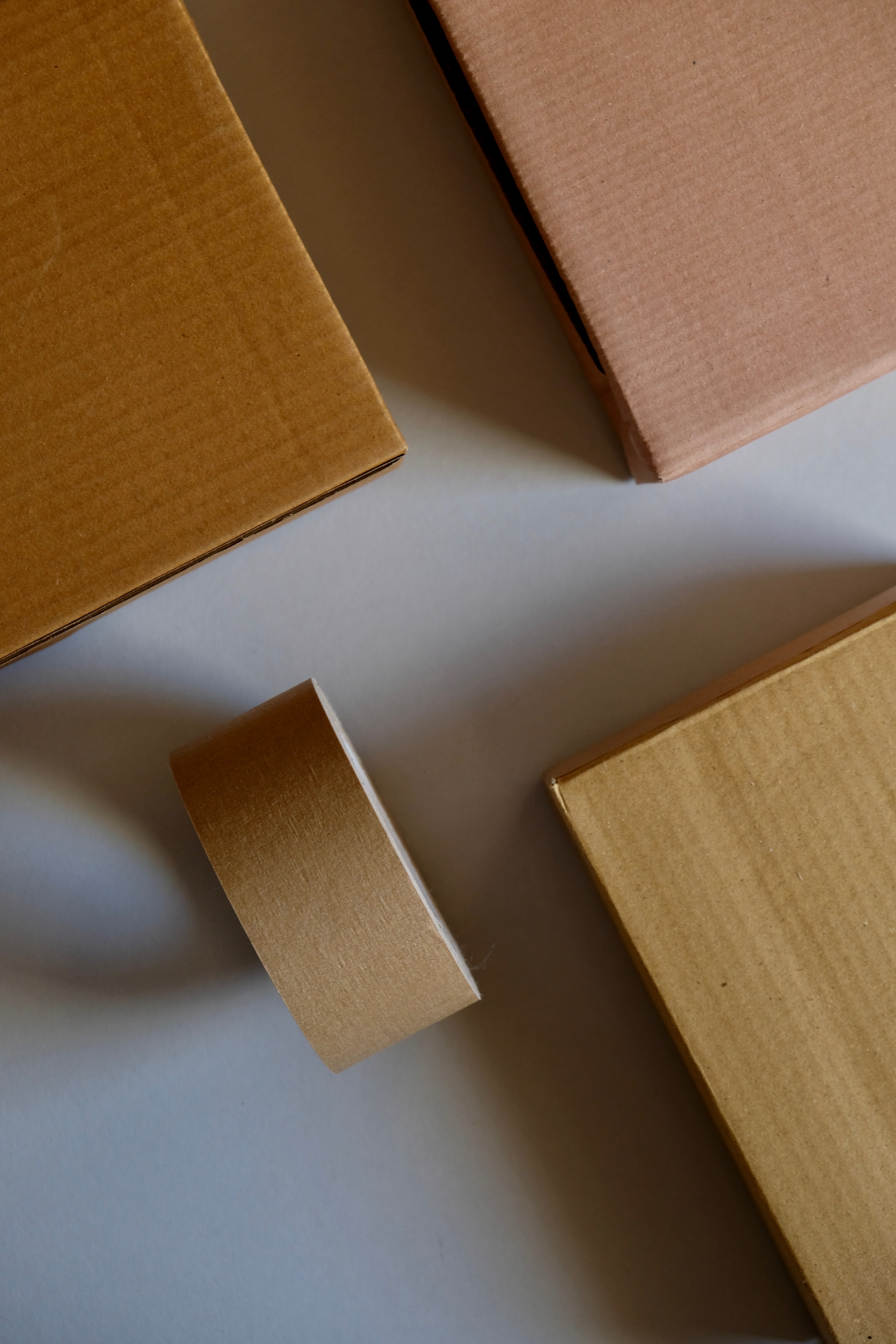
Sustainability is increasingly important among consumers globally. A majority state that environmental sustainability is more important to them today than it was 12 months ago.
The growing importance of sustainability presents a challenge to brands. Consumers are aware that packaging is a large contributor to environmental damage and expect brands to keep up with sustainability.
53% of consumers believe that if a product uses minimal or recyclable, compostable, or biodegradable packaging, it makes it sustainable, while 31% said this was a consideration when making a purchase. The onus is on businesses, therefore, to ensure they provide consumers with eco-friendly packaging that meets their sustainability goals.
This blog will outline what eco-friendly packaging is, why you should use it, and some examples from other brands leading the way in terms of sustainability.
What is eco-friendly and sustainable packaging?
Put simply, eco-friendly packaging is environmentally friendly, easy to recycle, and causes zero harm to people, animals, or the planet. It often uses materials and manufacturing processes that have minimal impact on energy usage and natural resources.
Unlike plastic packaging, which can take a significant amount of time to degrade - it is estimated that plastic bottles take an average of 450 years to break down - eco-friendly packaging can be made of compostable material to allow it to play a role in a green, circular economy.
Environmental benefits of using eco-friendly packaging
Given the well-documented issues that certain types of packaging are having on the planet, it is essential that more organizations adopt eco-friendly packaging. These issues are multifaceted, where the energy required to manufacture packaging, transport it, and dispose of it safely all need to be considered. Fortunately, eco-friendly packaging aims to resolve these problems by offering several environmental benefits:
- Production: The sourcing of materials for packaging and their manufacture can generate substantial harmful impacts on the environment. For example, the majority of plastic packaging uses crude oil for its manufacture, which is non-biodegradable and creates carbon emissions that contribute to climate change.
- Transport: Packaging protects goods during transit but it also takes up space. Eco-friendly packaging needs to be compact enough to limit the number of delivery journeys required while remaining sturdy enough to limit returns - all while being made from non-harmful materials. The most sustainable packaging is able to meet all these aims.
- Disposal: Globally, we produce approximately 141 million tonnes of plastic packaging every year, with around a third leaking from collection systems and ending up polluting the environment. Eco-friendly packaging, on the other hand, is easy to dispose of responsibly, meaning it can be recycled or composted.
- Reuse: As an alternative to recycling, some eco-friendly packaging materials can be reused. This extends their lifespan and reduces the need for additional materials to be sourced and consumed in the manufacturing process.
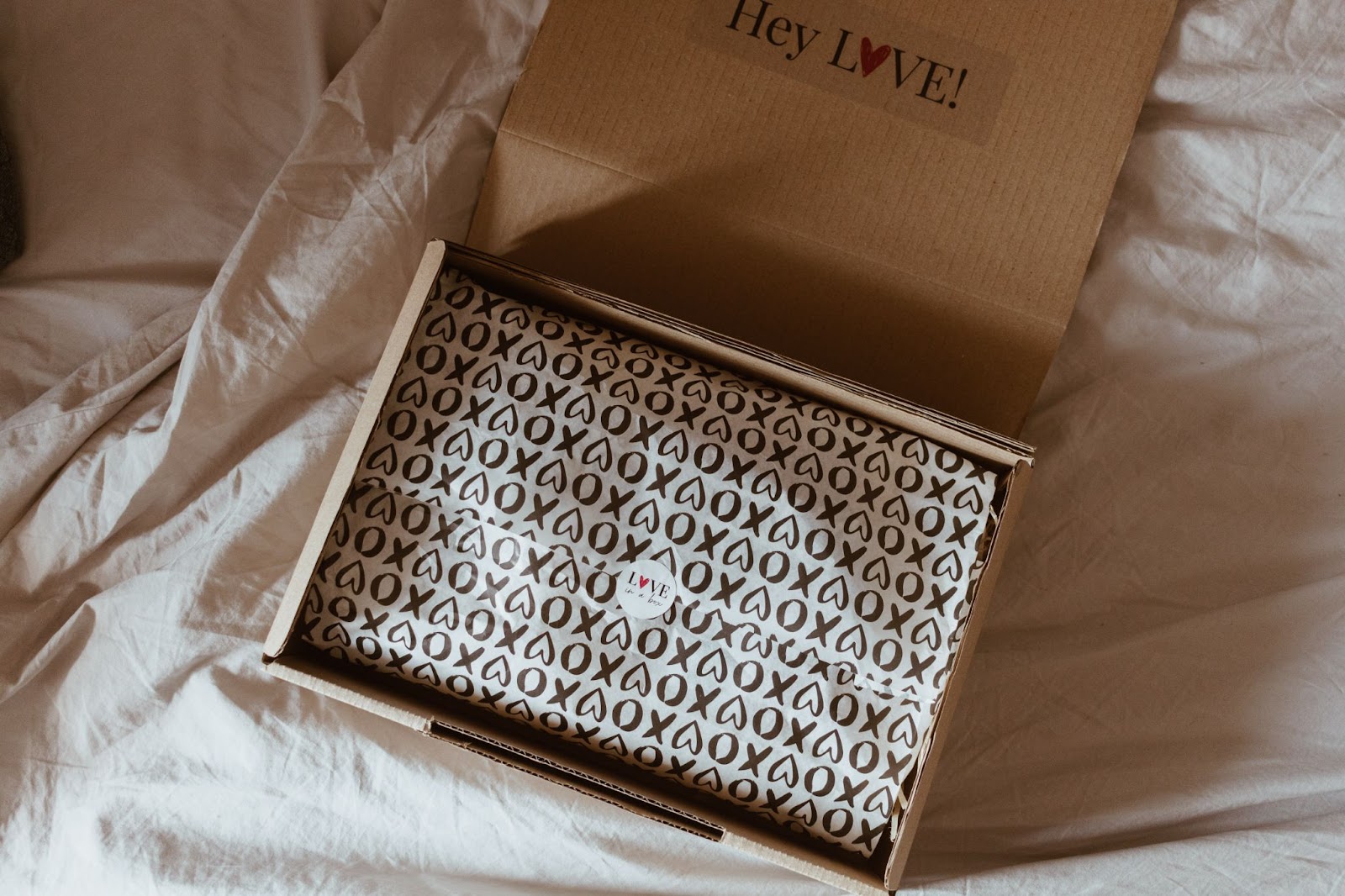
Advantages of using sustainable packaging for your brand
In addition to the environmental benefits, using eco-friendly packaging also unlocks a number of business benefits. These relate to a company’s reputation, costs, customer base, and more:
- Reducing storage space: In addition to the types of materials it uses, eco-friendly packaging can also be produced when companies become more creative, innovative, and efficient. Sustainable packaging often means reduced packaging, which frees up space on warehouse and supermarket shelves.
- Versatility: Eco-friendly packaging is versatile and can be employed across a wide variety of sectors. Because it avoids the use of harmful toxins, it can often be employed by multiple brand types. For organizations that sell products across multiple sectors, this versatility is hugely beneficial.
- Lower costs: A greener approach to packaging should prioritize a reduction in the use of resources. This means that companies will need to purchase fewer materials, spend less on storage space, and reduce their delivery costs.
- Increased sales: Sustainability is a core driver of market demand. Consumers take great interest in the packaging around a particular product, with eco-friendly options creating a competitive advantage for brands. Recent data reveals that this trend is most prominent among younger generations, with 86% of consumers under 45, showing a willingness to pay more for sustainable packaging. The business benefits of eco-friendly packaging are, therefore, likely to persist for the long term.
- Improves brand image: The seriousness of the environmental challenge facing our planet is clear. Emissions continue to rise and plastic waste continues to damage land and marine ecosystems. Brands that can demonstrate they use environmentally responsible packaging can create trust between themselves and their customers and present themselves as an ethical company.
What is wrong with normal packaging?
Most normal packaging is made from a type of plastic known as polyethylene. This type of plastic comes in various forms depending on the specific goods it is surrounding. Unfortunately, polyethylene requires significant amounts of energy to produce and generates harmful greenhouse gas emissions.
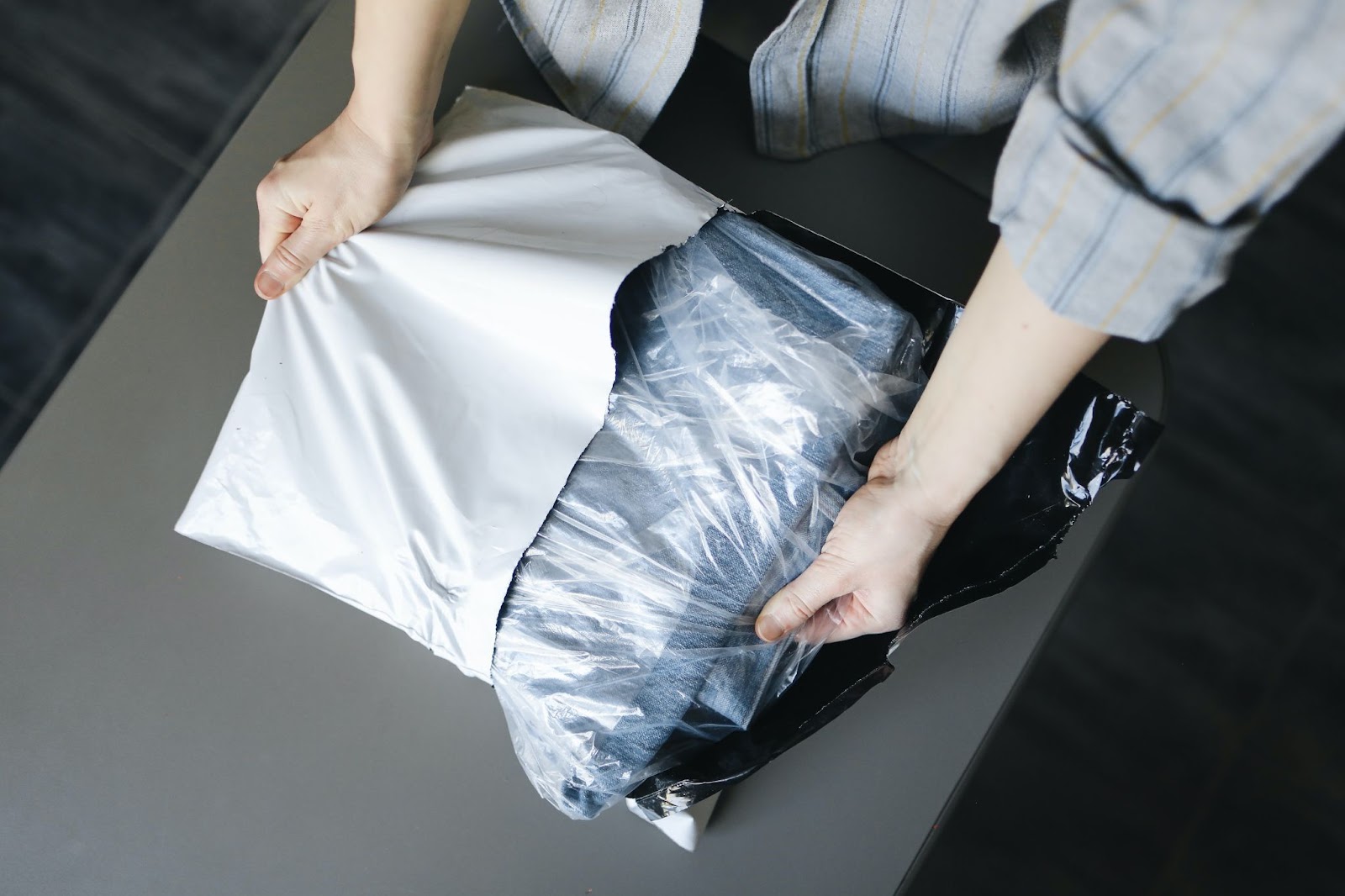
What’s more, although it is technically possible to recycle polyethylene, the different types available make it difficult and expensive to sort through. That is part of the reason why, for example, 70% of recyclable plastics in Europe end up heading to landfill.
Even when companies rely on wood or paper packaging, this does not necessarily mean that they are using eco-friendly packaging. The pulp and paper industry uses between 33 and 40% of all the industrial wood traded globally, resulting in a huge number of trees being cut down. This packaging is only truly sustainable if those trees are replaced.
How can you make your packaging more eco-friendly and sustainable?
There are various ways that you can improve the green credentials of your packaging. These relate to the types of materials you use, the volume of packaging you use, its design, its transportation, and how it moves throughout the wider supply chain. We’ve listed a few tips to help you improve the sustainability of your packaging below:
- Use smaller packaging: Sustainability isn’t achievable solely by changing the materials that make up your packaging. Simply reducing the size of your packaging can have a major impact. Smaller boxes and fewer containers will reduce the amount of packaging that you need to produce (and dispose of). It will also mean that more products can fit in your delivery vehicles, reducing the number of journeys needed along with any associated carbon emissions.
- Explore innovative materials: Today, there are far more packaging materials available to brands beyond plastic and paper. Explore which materials work best for your products while meeting your green ambitions. Plant-based, plantable, and even edible packaging have all been trialed by businesses searching for eco-friendly options in which to store and ship their products.
- Think about your packaging design: The design of your packaging can have a sizable impact on whether it is optimized in terms of size and resource use. Some brands are even exploring design innovations that can extend the life of their packaging, transforming cardboard boxes into coat hangers, for example. This grants new life to your packaging and prevents it from ending up on the waste heap.
- Evaluate the partners in your supply chain: Even if your environmental credentials are solid, the interconnected nature of supply chains means you may be indirectly contributing to environmental harm. Look carefully at your supply chain to see where environmental improvements can be made. Work with local manufacturing partners, and assess emissions at every stage of your supply chain to ensure your packaging is as environmentally friendly as it can be.

Eco-friendly packaging ideas for your business
If businesses are looking for help in furthering their use of eco-friendly packaging, there is plenty of inspiration to be found among existing companies in the retail space.
For example, Keap, a candle subscription company, uses packaging made from mycelium, a fungus found in mushrooms, to offer a durable, lightweight form of packaging that is fully compostable. Cornstarch, cellulose, and glassine are just a few of the other innovative materials that are being utilized to reduce the environmental impact caused by packaging.
Other companies are exploring ways to reduce the amount of packaging waste they create. Meow Meow Tweet, an organic skincare company, has created a bulk return program for its empty bottles and containers so customers can help tackle the disposable culture that has arisen around packaging.
Likewise, the UK firm, Monday’s Child, sells clothing for young girls, with its boxes doubling as doll’s houses.
Why it is time to embrace eco-friendly, sustainable, and recyclable packaging
Eco-friendly packaging may sometimes be presented as a trend, but it is much more than that. Sustainability will continue to be a core consideration for consumers long into the future, so it is vital that brands explore new ways of producing, designing, transporting, and disposing of their packaging.
Working with a packaging partner
Does sorting out your eco-friendly packaging sound complicated? Don’t worry. At Hive, we can help you with every step of the packaging process, from procurement to design and delivery.
As a 3PL with access to higher volumes and trusted packaging partners, we can ensure your products are shipped in eco-friendly packaging at a low cost.
One of Hive’s sustainable packaging initiatives is to re-use packaging material which would have otherwise been discarded. This is our “honeycomb” filling material. This cardboard is used to keep items secure in their boxes.
Interested in how the packaging process works with Hive? Read our blog article about it here.








